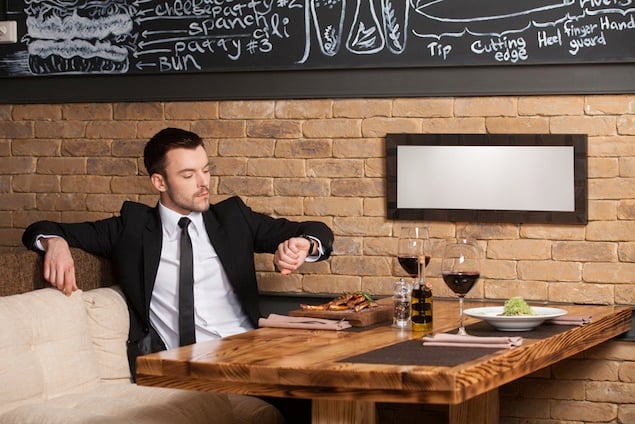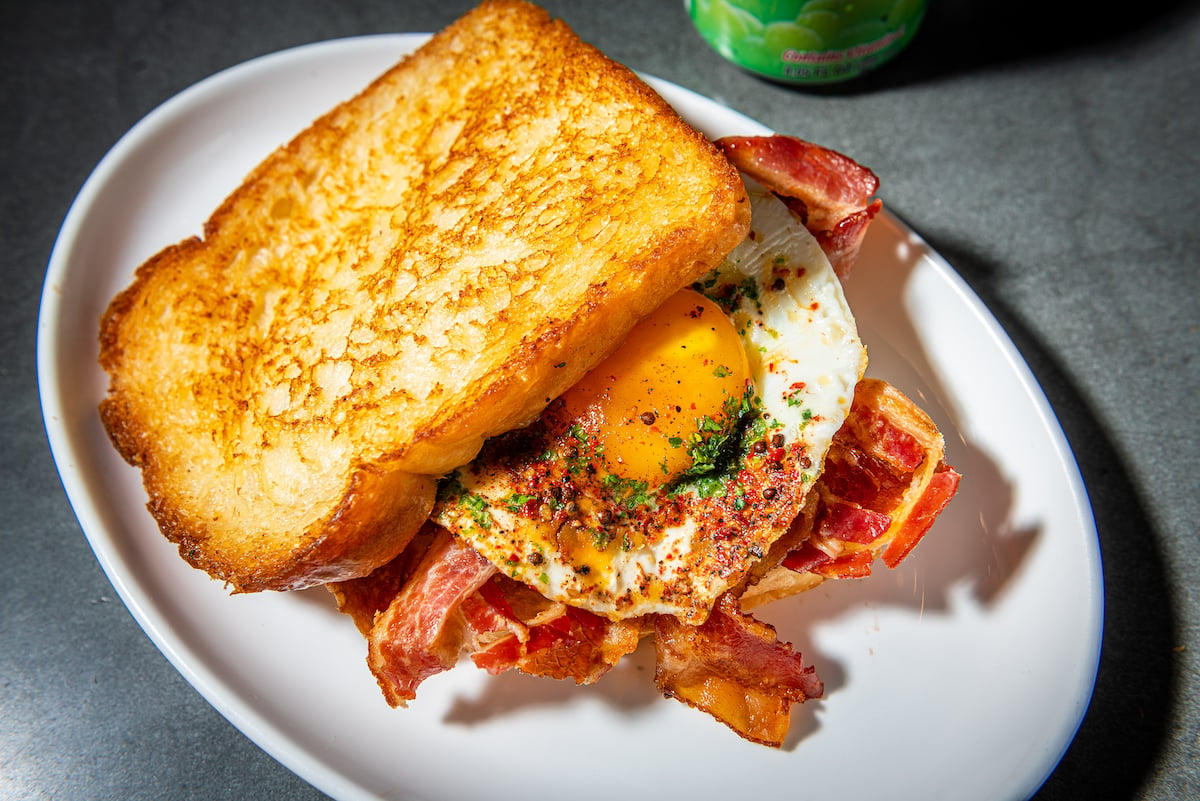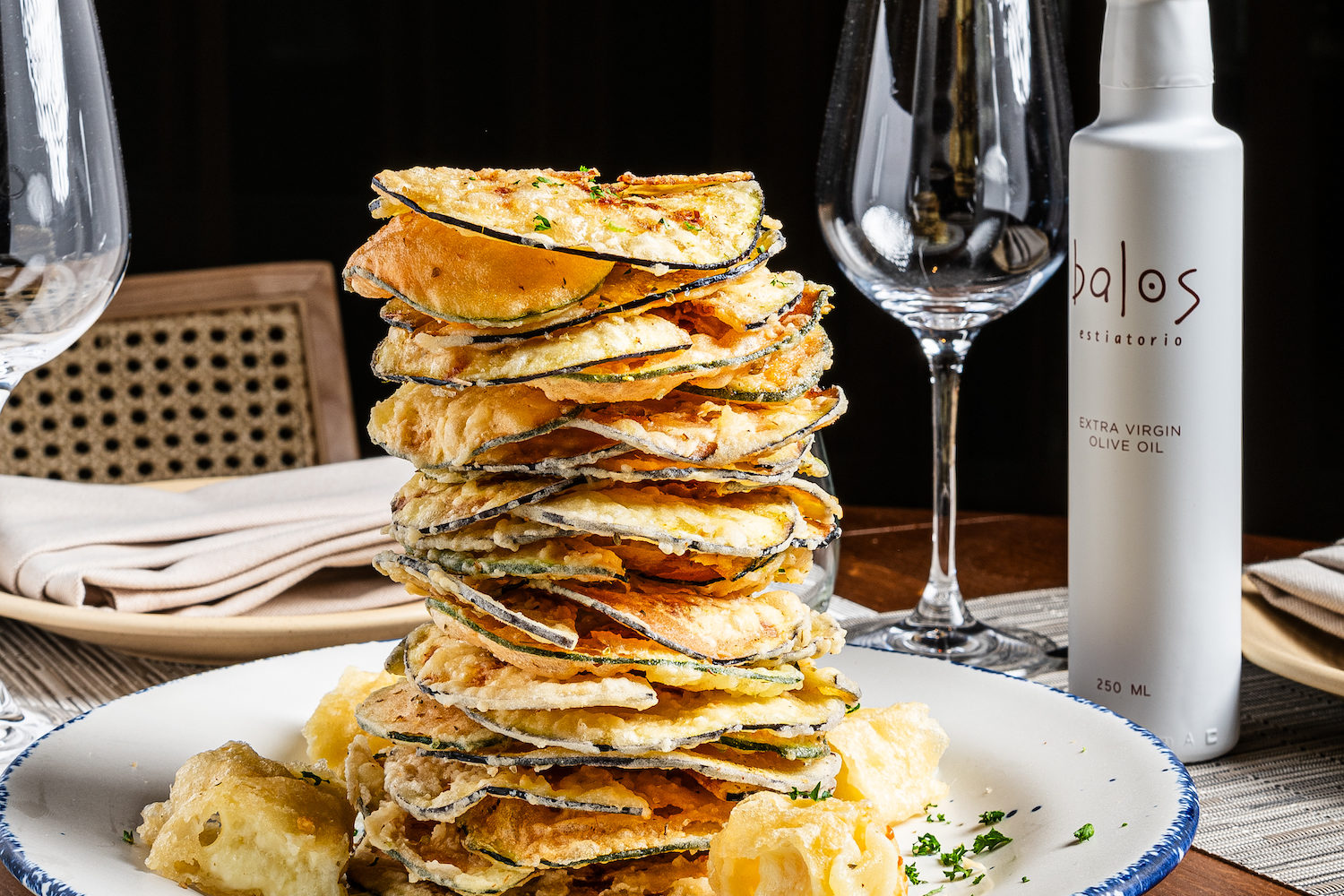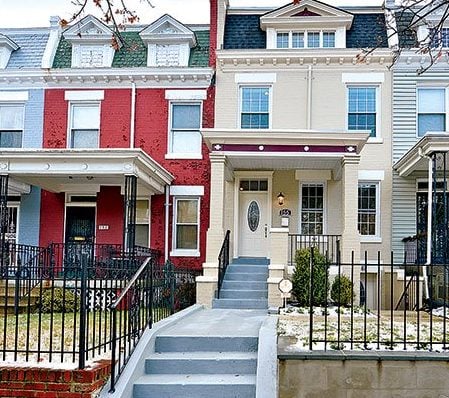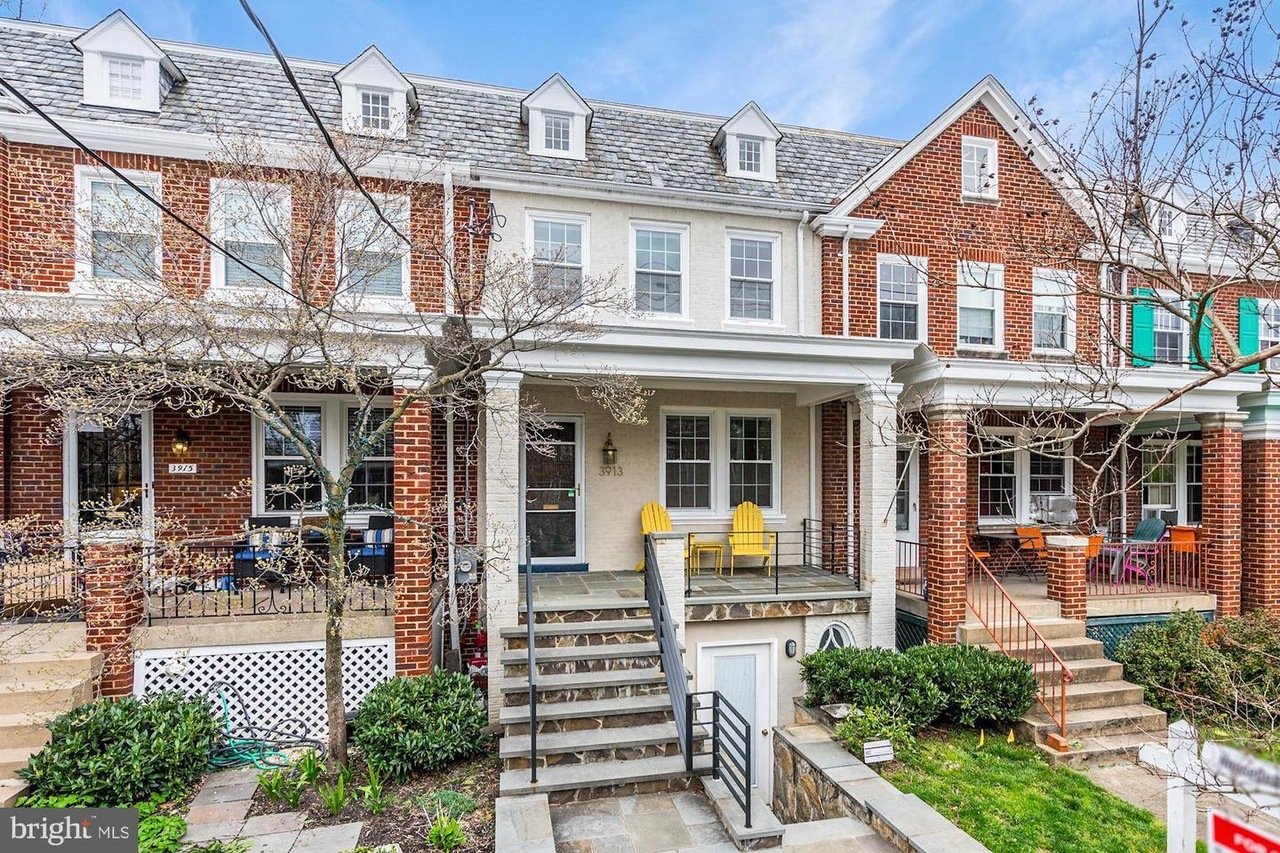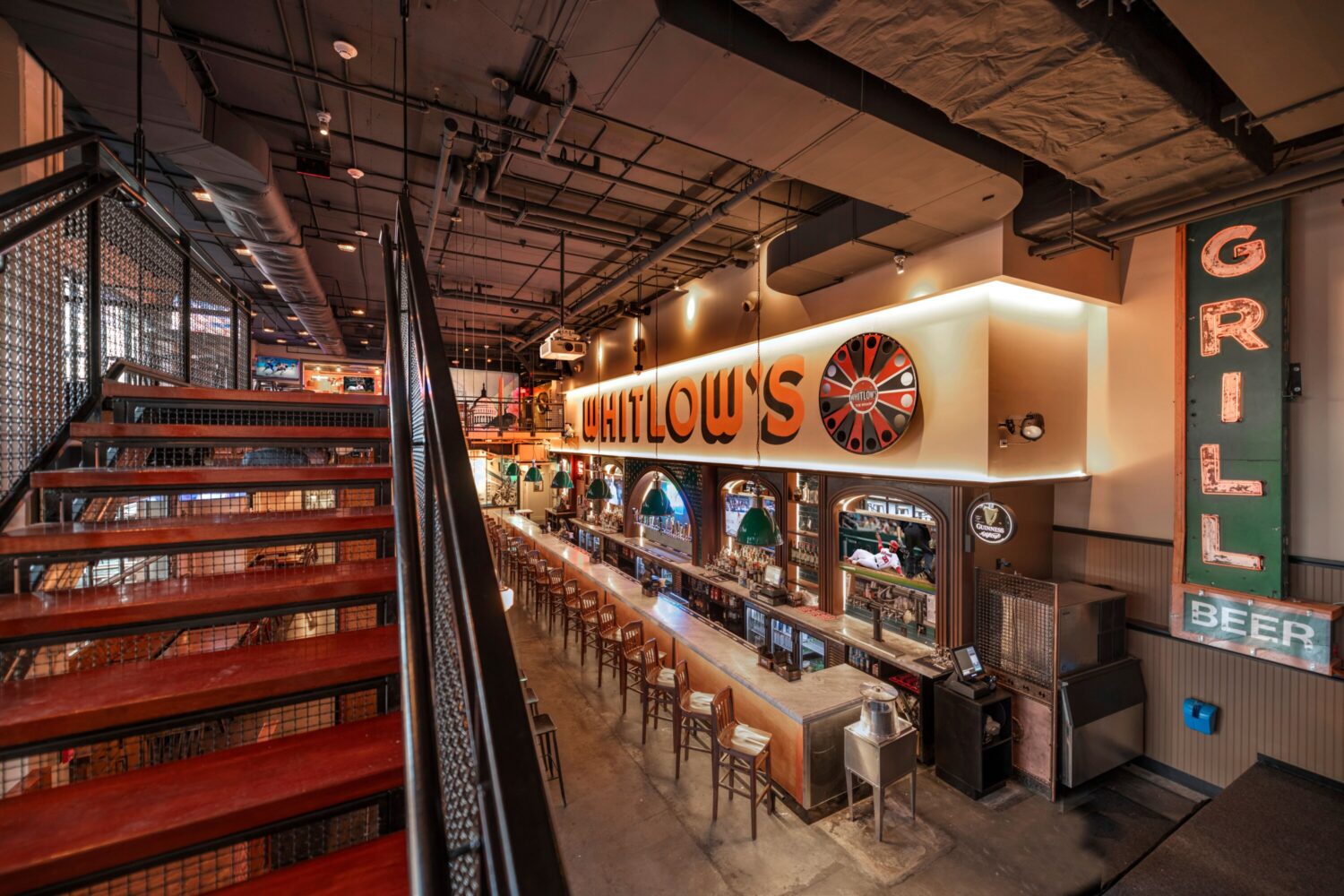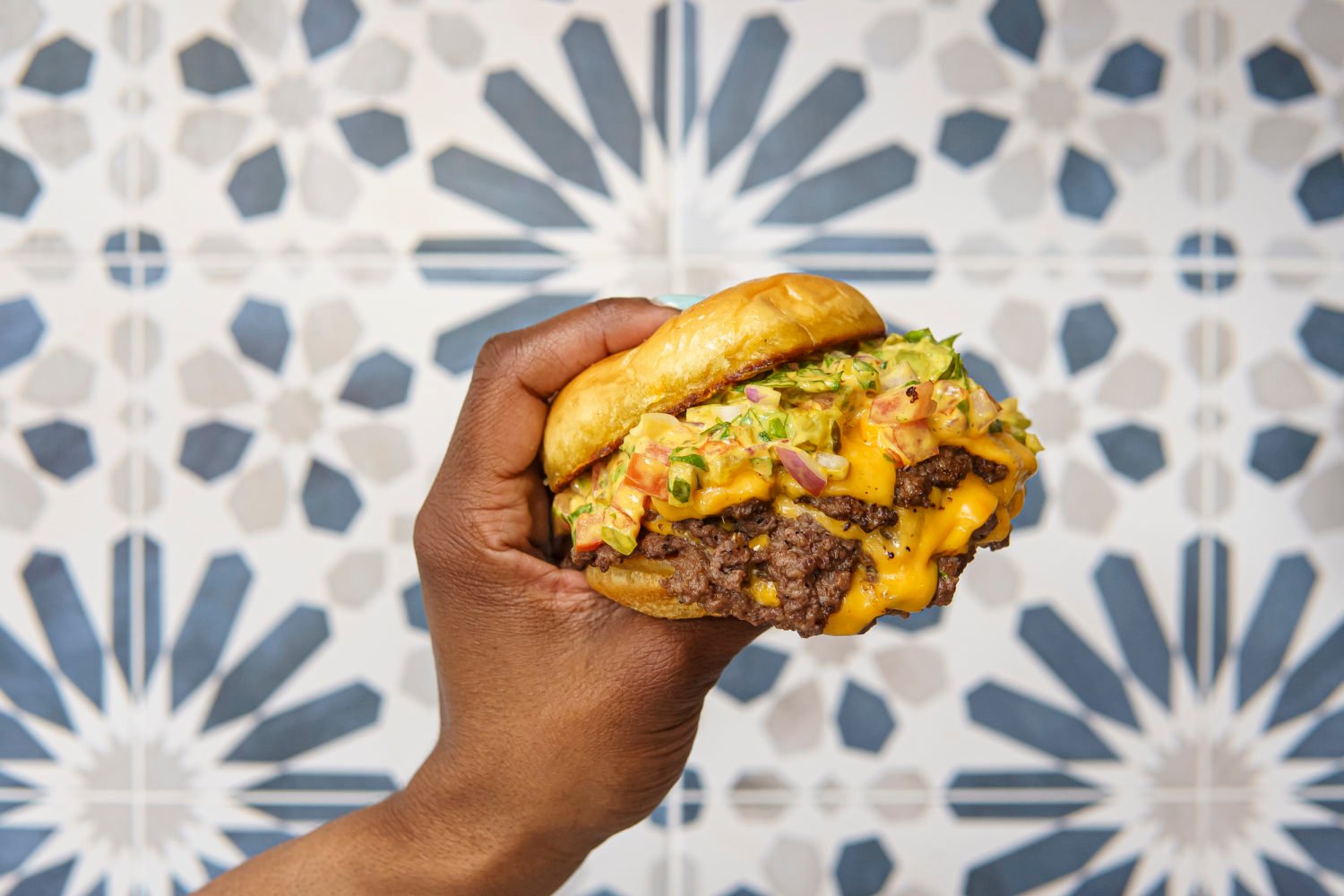“I’m sorry, but we don’t seat incomplete parties.”
We’ve all heard a version of this phrase at restaurants, from fine dining establishments to casual, no-reservations joints. So what’s the deal?
Sometimes the policy seems obvious: prime time in a packed space where customers are jockeying for a seat. Other times it isn’t, like when tables appear empty. This is the situation Huffington Post writer Joe Satran faced before penning the the recent piece “No, My Entire Party Hasn’t Arrived Yet. Yes, I Still Think You Should Seat Me.”
Needless to say, it’s a topic people feel strongly about.
The situation that spurred the piece–Satran was forced to wait in an empty dining room–is an extreme example, and rare. More common is being asked to wait while a few seats sit unoccupied, which can include the ones a party reserved in advance. Questions (or angry Yelping) often ensue. Is it, as Satran argues, a widespread problem that’s solely designed to maximize profits? Or is there something else to it?
We checked in with Cashion’s Eat Place and Pop’s SeaBar owner Justin Abad for an insider’s perspective.
What is your policy on seating incomplete parties at Cashion’s?
We’ll hold a reservation up to 15 minutes. If your party is incomplete, we’ll suggest you go to the bar and have a glass of wine or a snack while you’re waiting. If we have the ability to seat the guest, and it won’t affect the service or commitment we have to others, then we’ll go ahead and seat them. For example, if we don’t have a booking at the same table after.
How does it affect the service if incomplete parties are seated on a busy night?
Most servers don’t just have two or three tables in their section. Most have five or six, which can be up to 30 guests. If we seat the section incomplete, they’ll have to go back to each single table, asking if they need anything else. By the time the parties are complete, and the section is full, those tables were supposed to be complete 30 minutes ago. So now we can’t pace and fulfill the experience the restaurant is going for.
The whole purpose of trying to get everyone seated together is timing, particularly with large parties. An eight-top will come down to five or six, and that changes the whole flow of the plan. What we’re trying to do is honor our commitment to as many guests as possible, and make their experience as great as possible. That’s everyone’s goal when they’re doing reservations. If you keep the idea of hospitality in mind, from both the diner’s perspective as well as the restaurant’s perspective, then you can understand why certain policies are enforced.
Is there any purpose behind not seating incomplete parties when the dining room is seemingly empty?
Very, very few scenarios come to mind why you wouldn’t seat an incomplete party in an empty restaurant.
What’s the reasoning behind not seating incomplete parties when the restaurant doesn’t take reservations?
It’s very much the same idea. Those restaurants want to create an amazing experience, and it’s about timing. They want to go over the menu, the specials, the wine program, whatever it may be. They want to do it efficiently.
What many people don’t understand is that running a restaurant is like conducting an orchestra, and there are a lot of moving parts. Do we want to give the kitchen 15 tables to work at once, or six? The food will likely be more even with six. We want the server to be attentive. How can they do that if their timing is disjointed? It’s more lucrative not to take reservations and make sure everyone is there, because you maximize your seating. You have exactly the number of people who would fit at that table–a four top at a four top, not a deuce at a four top because two people didn’t show up. Not many restaurants will ask you to get up and move. Instead we’ll have to turn away a party of four we could have seated otherwise.
So the whole party finally arrives, but is running late. Do you ever say ‘we’ll seat you but we need the table back by a certain time?’
Absolutely, on busy nights. We work very hard on training the staff in a way that reflects our true intent. Guests will call and say they’re running late. We’ll say ‘We’ll do our best to have your table ready upon arrival, but please keep in mind we’re committed to another table at whatever time. Will that work for for you?’ It’s not ‘Hey, hurry up and eat and get out.’ It’s how you deliver the message, and the intent of the message. We’re saying it because we have a commitment, and we want to honor it for everybody. 99 percent of the time it’s received well. And if we can move tables around to let you linger, we do it.
Say I’m part of a large party and everyone is all over, running late. What’s the best etiquette to still be seated?
If at all possible, call ahead of time. For larger parties we usually block off three, three and a half hours anyway. Most of the time we’re over-anticipating how long you’ll need the table, because people show up 15 minutes late, some people camp out. Most of the time we build in a cushion.
If you can’t call ahead and just show up, it goes back to the old adage that you’ll catch more flies with honey than vinegar. If you’re in a restaurant that cares about hospitality, they’ll do everything they can to work with you. We often have groups wait at the bar until the majority of the party has arrived. If it’s seven versus eight people that’s okay, but if there are two and the reservation is ten, we’ll have to get creative.
You can always tell your group to show up at 6:30 even though the reservation is at 7. Then everyone’s usually on time.

